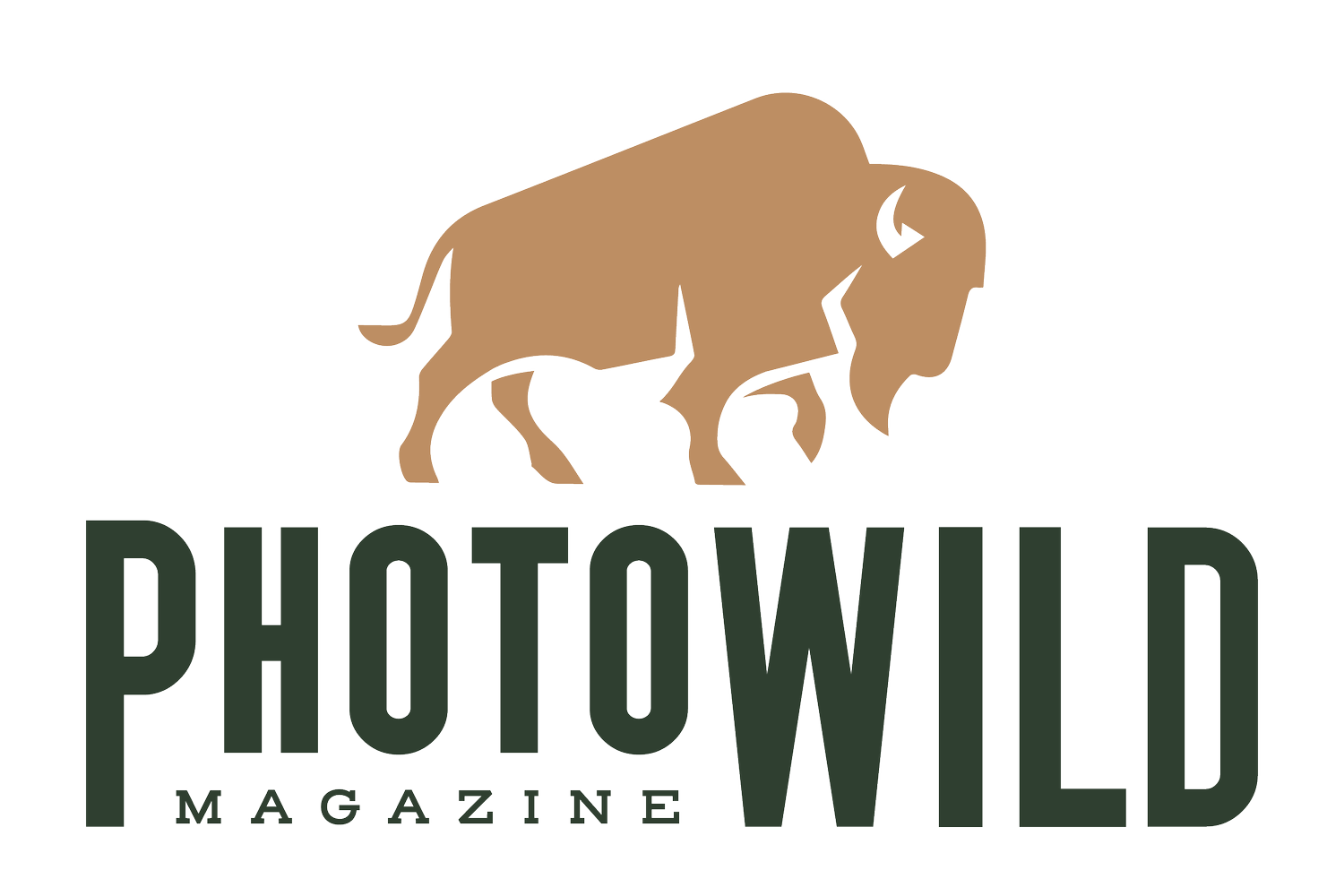Questions and Actions: 18% Gray
The question I’m answering this week feels timely—though it has nothing to do with winter or snow, it’s one of those topics that comes up often as the season approaches.
Question:
“Some professional photographers talk about things like 18% gray. Is this still relevant to photographers, and if so, is it something we should know and use?”
– Mike Cook, Asheville, North Carolina
When you hear people mention 18% gray—or the Sunny 16 Rule, for that matter—understand that these are concepts rooted in the early days of photography. While 18% gray remains relevant because it’s how cameras interpret light, the real question is whether it still matters to us, the photographers behind the camera.
Let’s start with what 18% gray actually is.
It’s the precise midpoint between featureless black and featureless white—a neutral tone of light. For decades, photographers carried gray cards to help set their exposure based on this tone. Why? Because everything about the way cameras meter light is based on 18% gray. The TTL (through-the-lens) meter in your viewfinder, the auto-exposure modes (aperture priority, shutter priority, auto-ISO)—all of it assumes that the scene should average out to this mid-tone.
This creates predictability. Whether you’re photographing a black bear or a polar bear, your camera sees only reflected light and will attempt to render it as 18% gray. So you end up with a gray polar bear and a gray black bear—unless you override the meter by adding or subtracting exposure.
If you look through your viewfinder, you’ll see the light meter—whether it runs across the bottom or up the side, the center point on that scale represents 18% gray. Your camera doesn’t see colors—it only sees tones. So whether you’re shooting a cardinal or a bluebird, it still aims to expose the scene to that neutral gray.
This is why, when using automatic modes, you’ll often get gray snow in winter, or a gray polar bear in the Arctic, or a gray black bear in a forest—unless you use exposure compensation. That’s the point of compensation: you adjust for the tones of light you want recorded. Don’t want gray snow? Add light. Don’t want a gray polar bear? Same thing.
Even in manual mode, if you’re using your camera’s meter to set exposure, you’re still working within the 18% gray framework. (And by the way, if you’re using auto-ISO, you’re not really shooting in manual—auto-ISO is still an automatic mode.)
So why does this matter today? Because it helps you predict how your camera behaves in different situations.
Here’s a simple way to think about it:
If you use auto-ISO, aperture priority, shutter priority, or any other auto-exposure mode, your camera will always try to render the dominant tone as 18% gray.
You adjust from that baseline using exposure compensation.
If you set your exposure manually but rely on the in-camera meter, you’re still dealing with 18% gray.
Of course, there are many ways to achieve the same exposure. And that’s really the point: photography offers multiple paths to the same destination.
Personally, I don’t use auto-exposure modes. Not because I’m purist or contrarian, but because manual is simply easier for me in the field. That’s what works for me. But every photographer has their own method—and that’s fine.
One of the biggest challenges for photographers today is navigating the deluge of information, advice, and opinions. Blogs, courses, YouTube videos, and, yes, even people like me publishing magazines—everyone has their take.
If you’ve read my book Mastering Exposure: Rethinking the Fundamentals of Wildlife Photography, you know that I believe we’ve made exposure unnecessarily complicated. Concepts like the exposure triangle and the obsession with minutiae get in the way. My philosophy is not the only way—just one way that works for me.
This whole discussion of 18% gray is a good example. Photographers who came up in the digital era often don’t even know what it means, and that’s okay. They learned to shoot by checking the image on the back of the camera and adjusting based on the histogram—a completely valid method.
Those of us who learned on film, however, had no choice but to understand 18% gray, light meters, and how metering modes affect exposures. Some would spot meter a mid-tone in the same light as the subject—like the flank of an elk—set exposure, and recompose. Others, particularly when shooting wildlife in snow or other high-contrast scenes, would meter off the brightest highlight and adjust from there. Both approaches worked, but they produced fundamentally different ways of thinking about exposure that carried over into the digital age.
You may even remember the old advice that a “perfect” exposure produces a bell-shaped curve on the histogram—another relic of the 18% gray mindset. The idea was to center the information around that mid-tone to protect both shadows and highlights.
So what do you do with all this today?
Here’s the bottom line:
With modern cameras—especially mirrorless models that display live histograms in the viewfinder—you don’t need to worry about 18% gray anymore.
The in-camera meter still functions based on 18% gray because that’s how cameras are designed. But the advent of the histogram changed everything. The histogram is your best friend—it tells you exactly where your highlights and shadows are falling, no guesswork required.
The conflicting information you’ll find online about 18% gray comes from the fact that it was once critical for proper exposure with film cameras. It’s one of the ghosts in the machine—still embedded in the way cameras operate but largely irrelevant to how we actually work in the field today.
If you want to learn more about how to simplify exposure, check out my book Mastering Exposure: Rethinking the Fundamentals of Wildlife Photography, available in the PhotoWILD Magazine membership dashboard.

